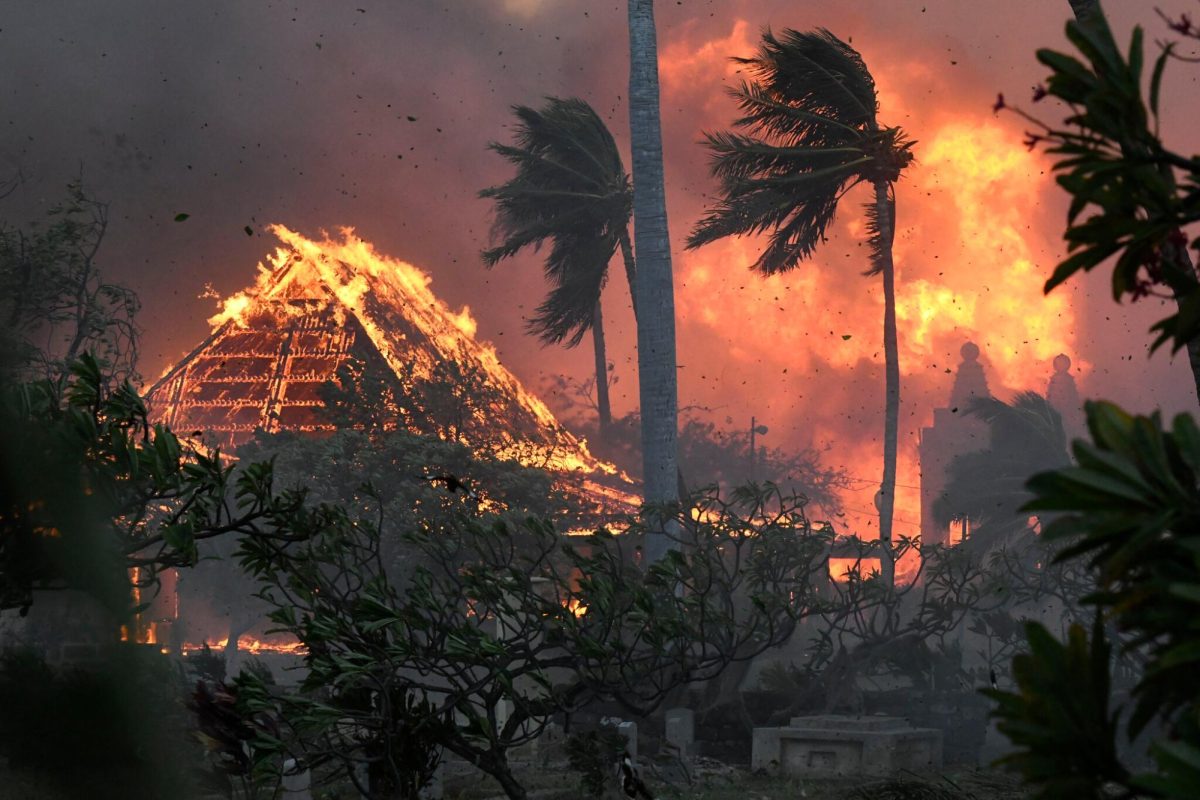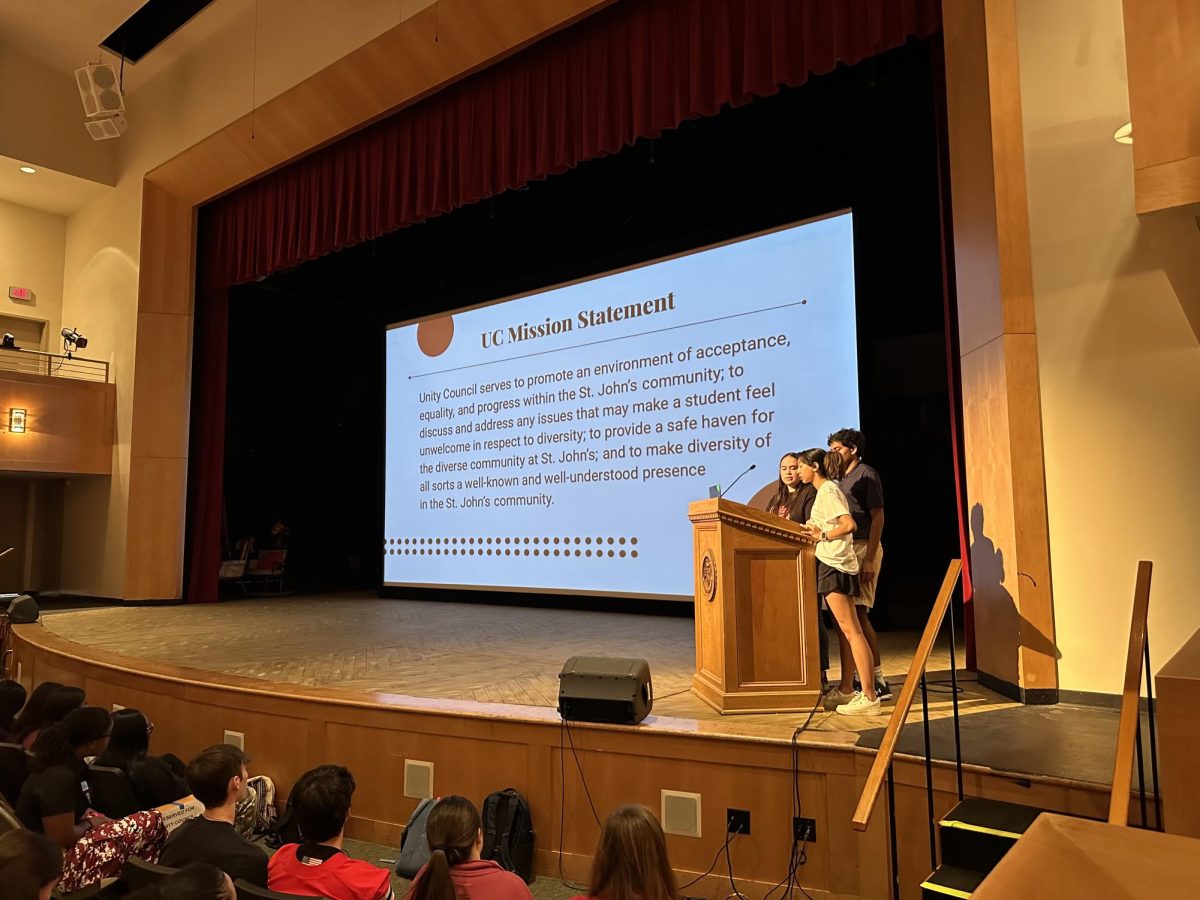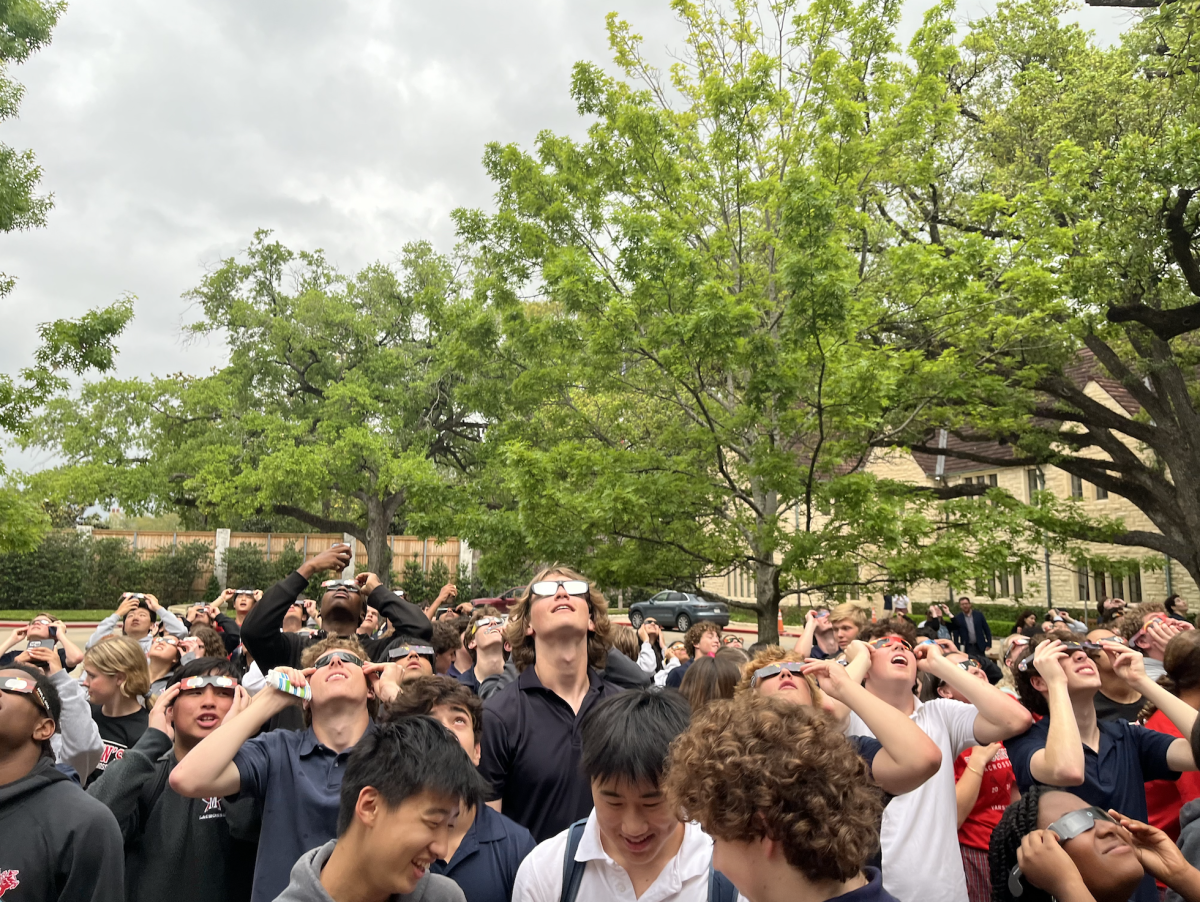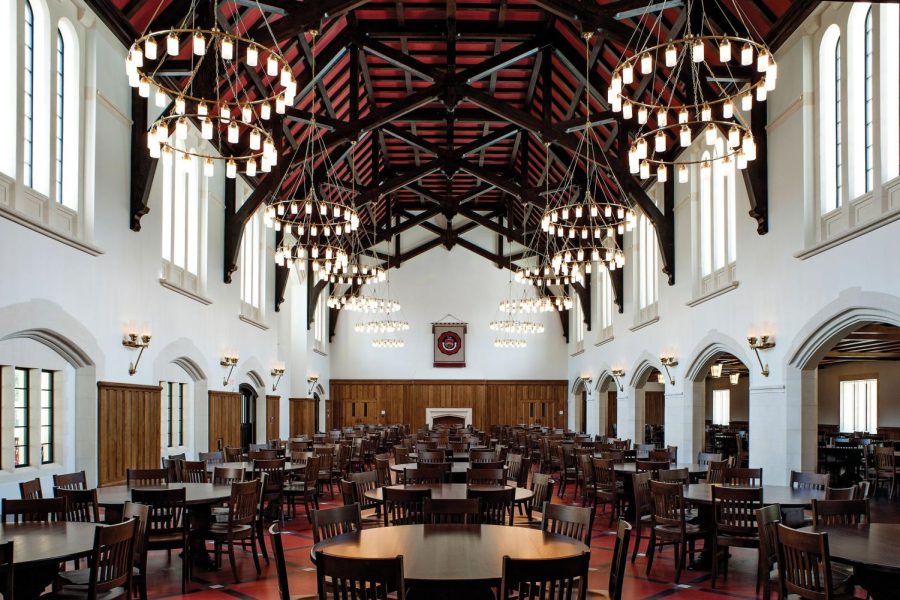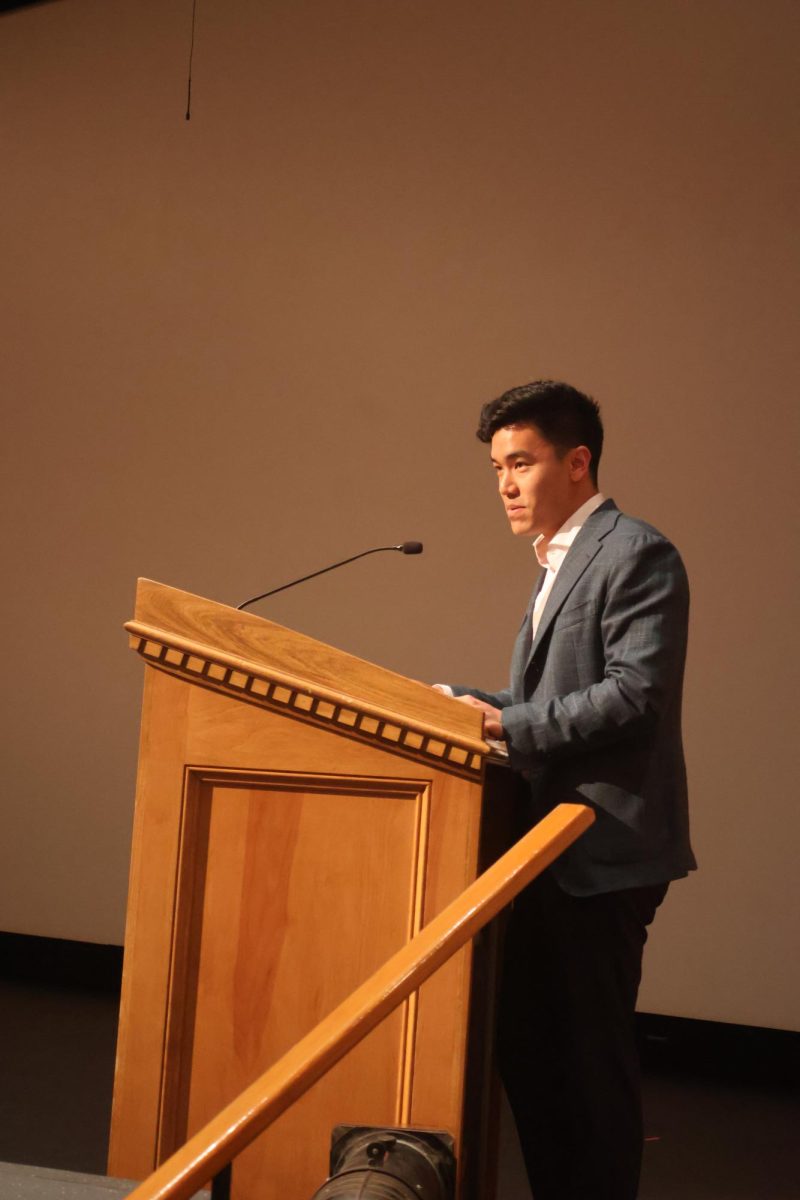To celebrate her parents’ 25th proposal anniversary, senior Skylar Su and her family planned to revisit Lahaina, Hawaii—the location where Su’s dad proposed to her mother. They arrived on Maui in early August ready to celebrate. But instead of toasting to memories of engagement rings and wedding bells, the Su family ended up sorting rescue supplies amid the devastation caused by the blazing fires that destroyed 86 percent of the area.
The wildfires, which rapidly spread throughout Lahaina on Aug. 8 and caused 115 deaths, became the deadliest wildfire in the U.S in over a century. By the end of August, 2700 structures had been destroyed, and over 1000 people were unaccounted for.
The hotter, drier weather from climate change caused severe and moderate drought conditions throughout Maui. According to CBS News, the high-pressure area north of Hawaii combined with Hurricane Dora in the south created wind gusts reaching up to 67 miles per hour.
“Even in Houston, it is very concerning how we’ve been having extreme and record-breaking temperatures even as early as June,” said senior Hammad Younas, president of the Climate Change Club and the Environmental Coalition of Students. “If we’re seeing so much change happening in just two or three years, then what does 2050 hold?”
Senior Annika Hensel realized the impact of the climate while on a flight back to Honolulu. Hensel and her family planned to travel to Maui on Aug. 10 from the Big Island but had to take the next flight back as their travel plans were abruptly canceled.
Their return flight flew over Maui, and Hensel witnessed the destruction of the fires through her airplane window.
“The ground was scorched, and it was impossible to make out the town of Lahaina,” Hensel said. “It was scary and devastating to think about what the people of Maui were enduring.”
Senior Lillian Poag, Deputy Editor of the Review, visits family in West Maui annually. She lost power the night of Aug. 8 and resorted to an unused airport in the following days to get service. Without access to the news, she relied on locals and her grandparents’ phone calls to let her know what was going on.
“We were living in ignorance,” Poag said. “There was nothing we could do to help except to get off the island, but we couldn’t get a flight out.”
Meanwhile, her aunt was evacuating her home in Lahaina, leaving with only a phone and a purse. After almost 90 years in Maui, she must now relocate to California.
Su’s family sympathized with the locals over the devastating fires, but the tourists she encountered “couldn’t have cared less.”
According to CNN, the economic dependency on tourism for Hawaii has caused negative impacts on the state’s residents. The high cost of living has priced native Hawaiians out of their homes, and the increasing visitors have depleted the land’s natural resources.
“The tourists near me only wanted the benefits from the locals and the island,” Su said. “They only cared about the pretty place and having fun on their vacation, even though there was so much suffering going on right next to them.”
Su’s family donated supplies to a nearby Red Cross station and helped sort and load products to schools and shelters in Lahaina. According to CNN, many local members of Maui’s working class set up pop-up relief centers to provide support throughout Lahaina.
“It was hard to do anything else besides help since so much suffering was happening so close to us,” Su said.
Many believe the cause of the fires were not just the flash droughts and winds but rather the ignorance from larger companies who prioritized profit over environmental concerns—similar to the power grid companies during the 2021 Texas freeze.
On Aug. 24, the Maui government filed a lawsuit against the Hawaiian Electric Company, alleging that the company left their power lines energized despite warnings issued by the National Weather Service. Yet after further investigation, the government found that only the first fallen power line started a fire, one that was later contained.
“There needs to be more responsibility for the lack of planning despite evidence of strong winds,” Younas said.
The negligence on preventing the direct impacts of climate change also set the stage for increasing temperatures and more frequent natural disasters. According to the New York Times, the area in Hawaii burned annually by wildfires has nearly quadrupled within a span of a few decades.
In the future, places, even those not typically prone to droughts or wildfires, should prepare for more extreme natural disasters.
“We don’t know what can happen,” Younas said. “As Texans, we should be preparing for other types of natural disasters if they were to occur, because they could certainly happen to our hometowns without anticipation.”
After the fires have died down, locals have come together as a community to plan their future.
“There’s no replacing what Lahaina lost,” Su said. “But the people are hopeful and ready to rebuild.”




